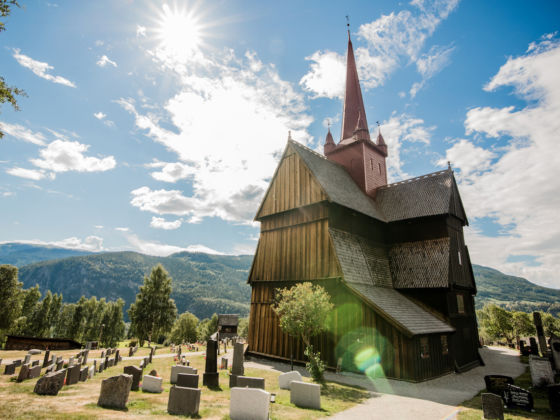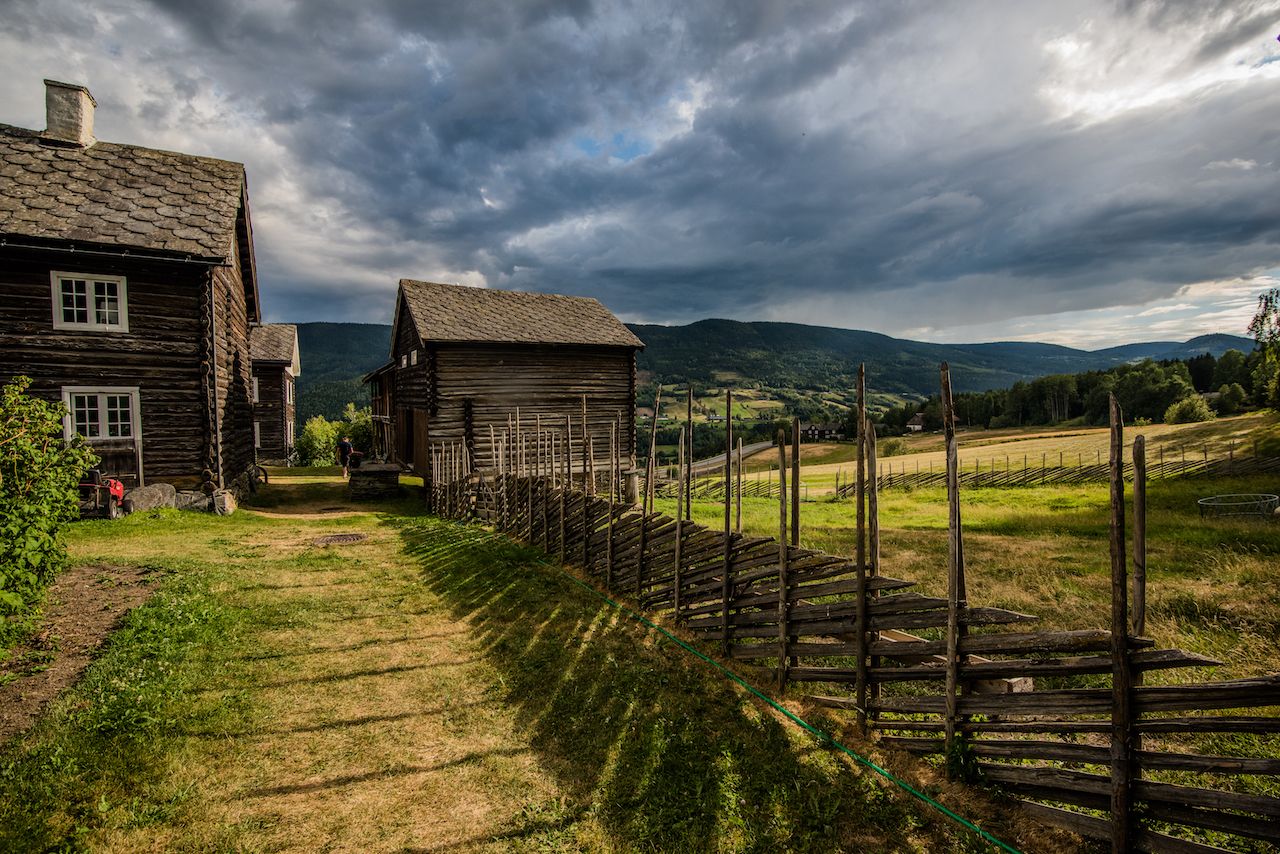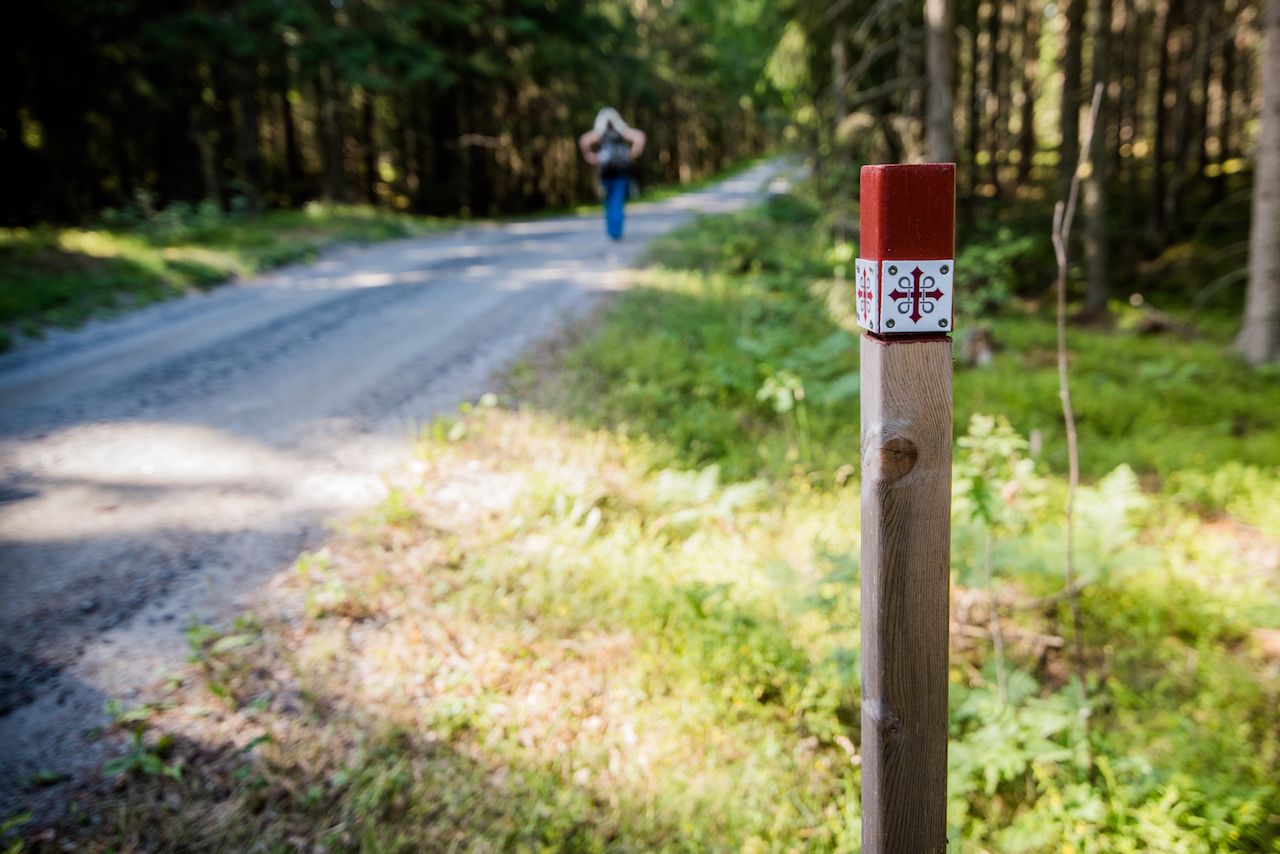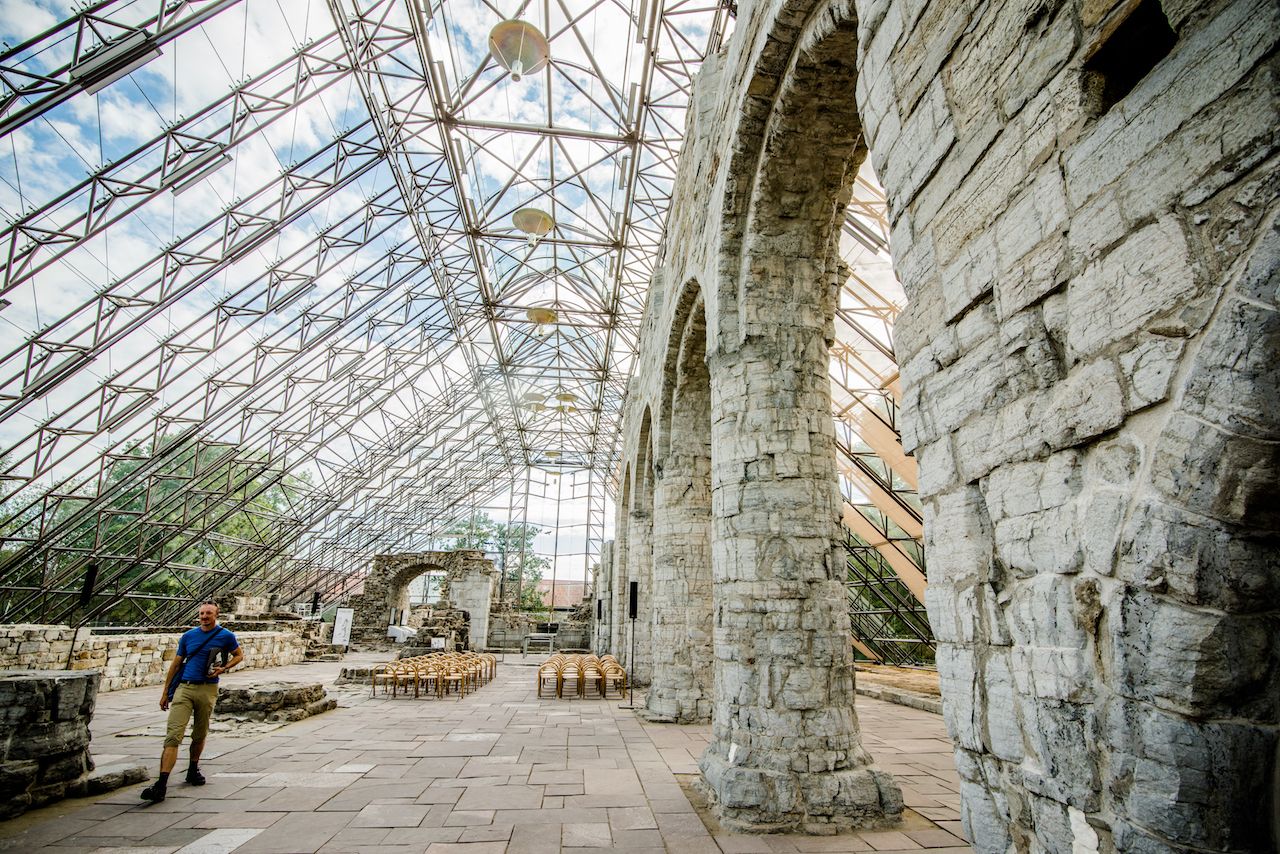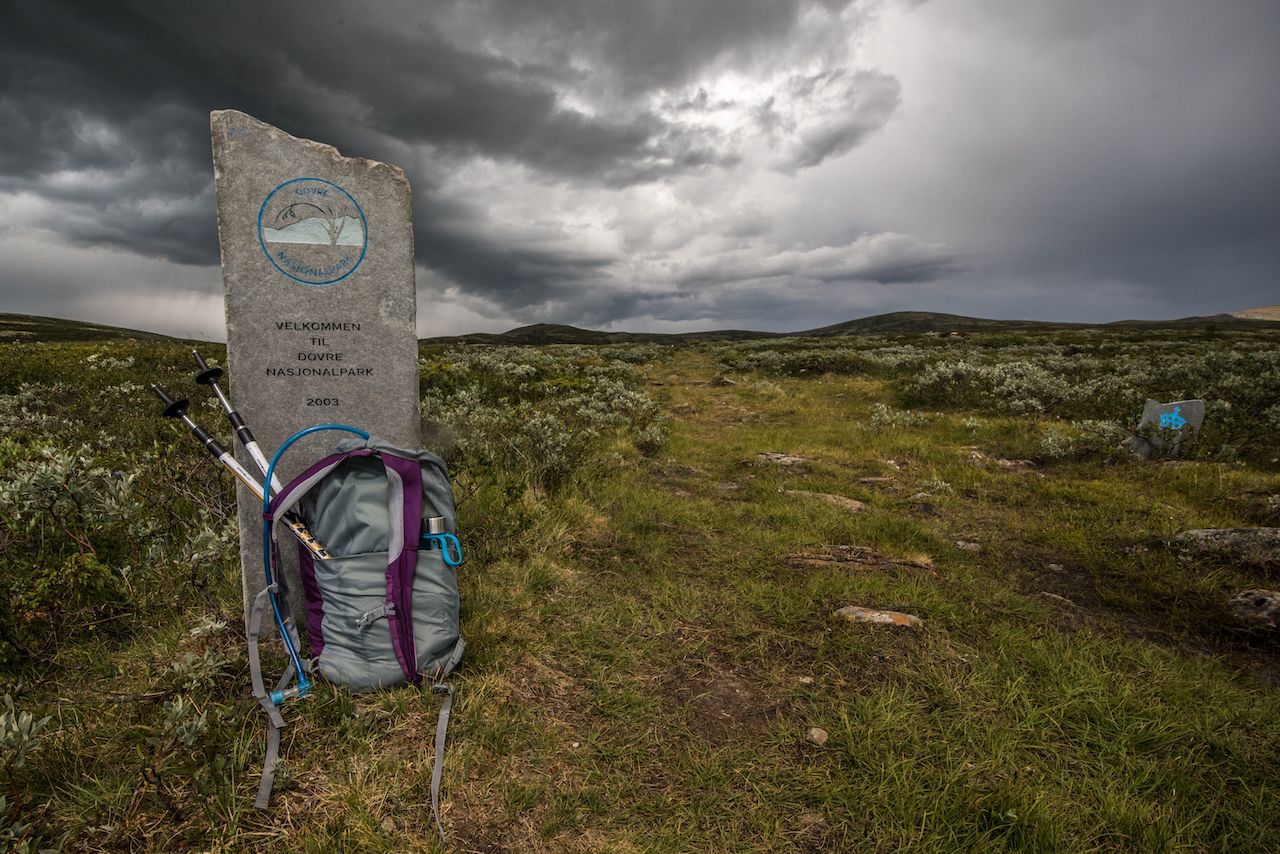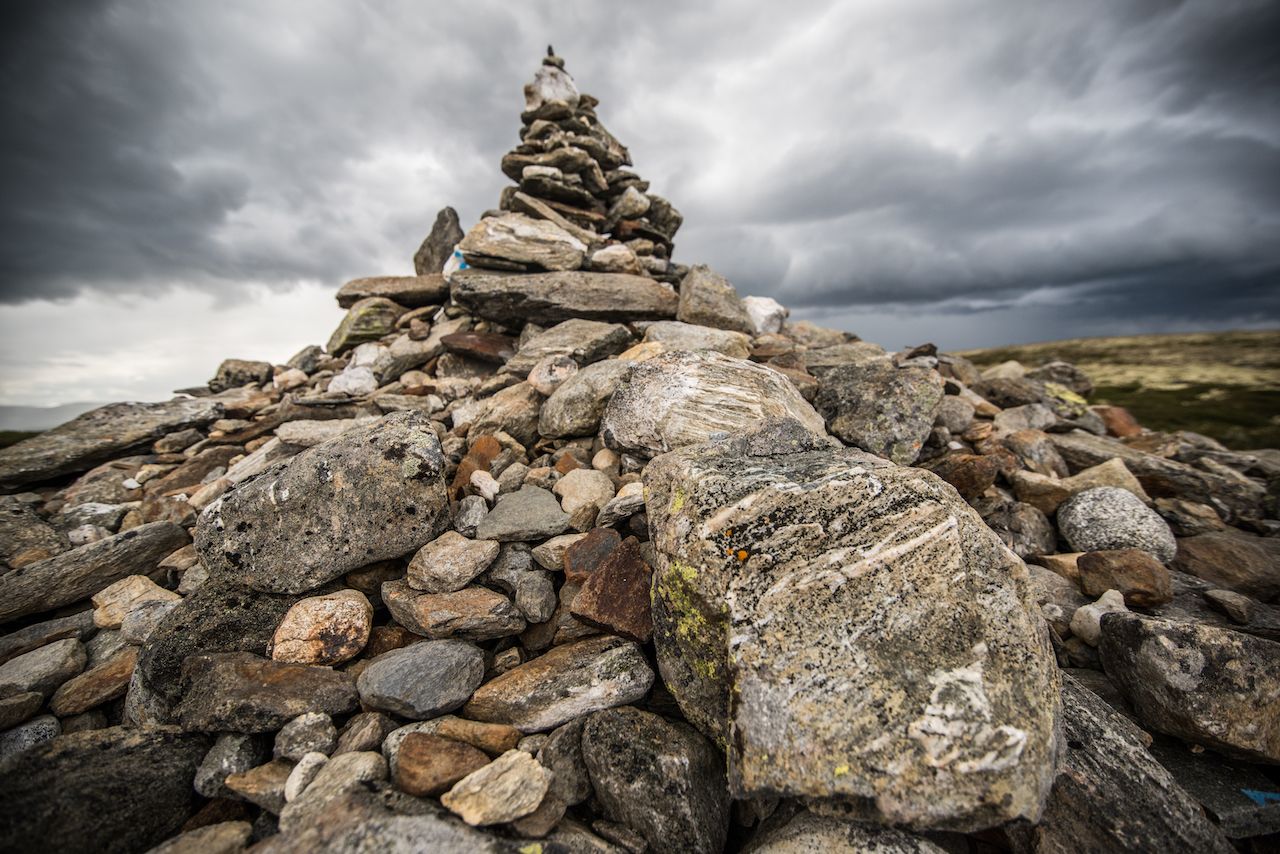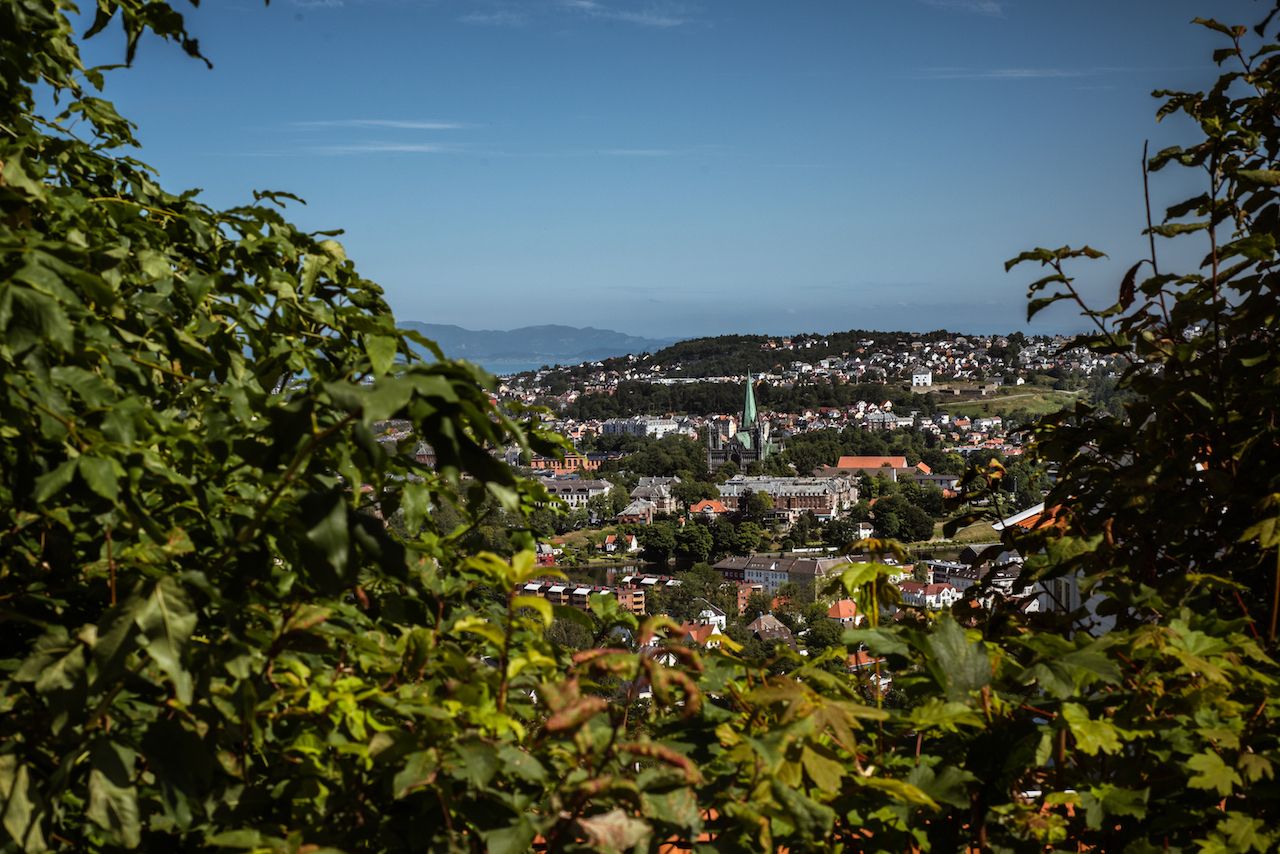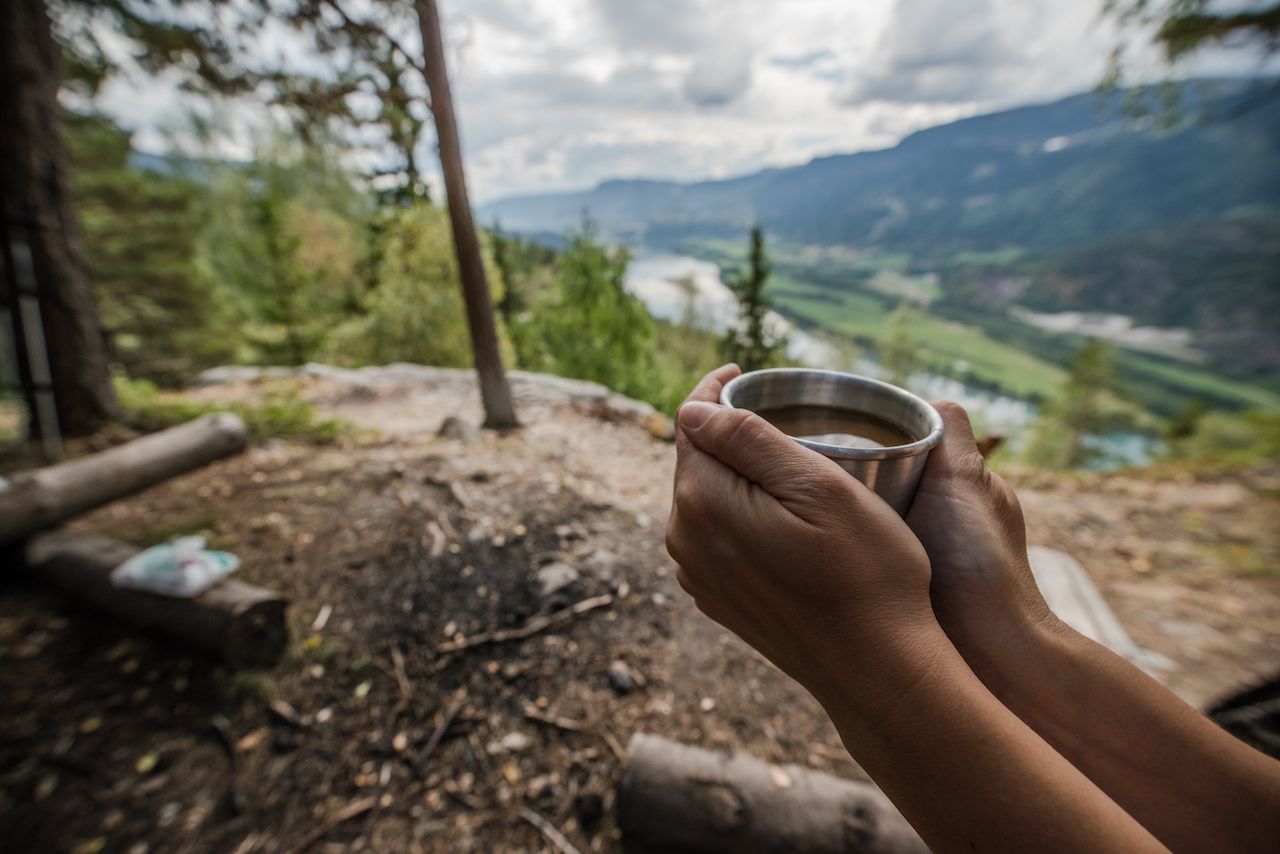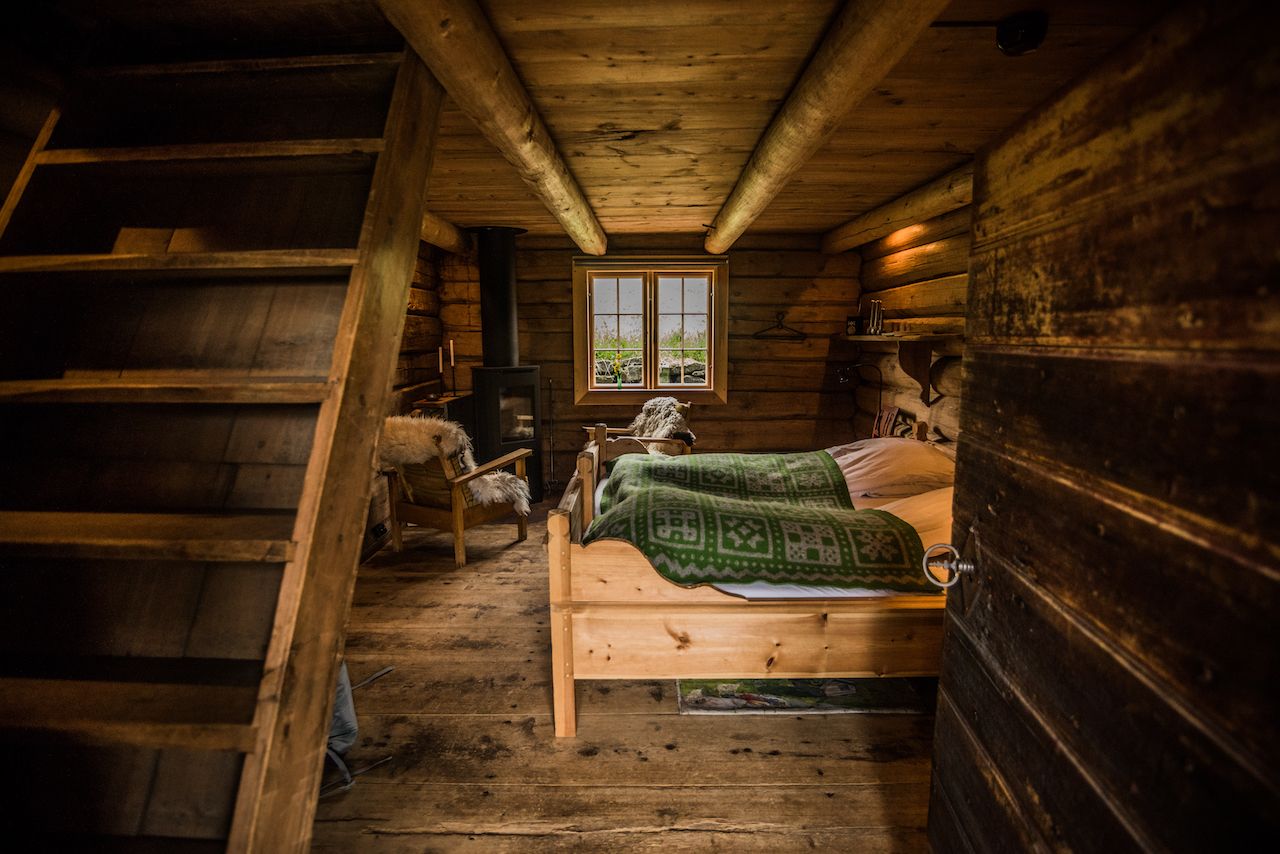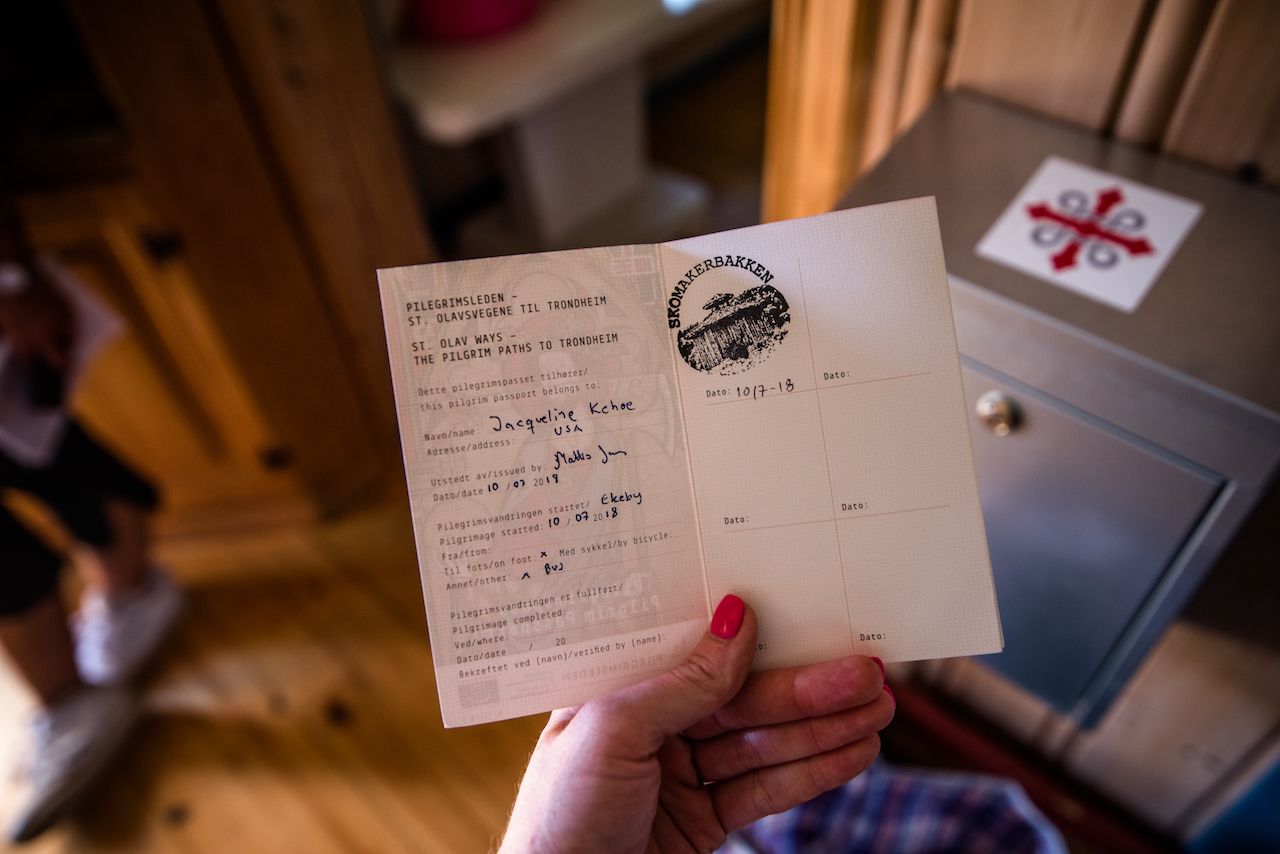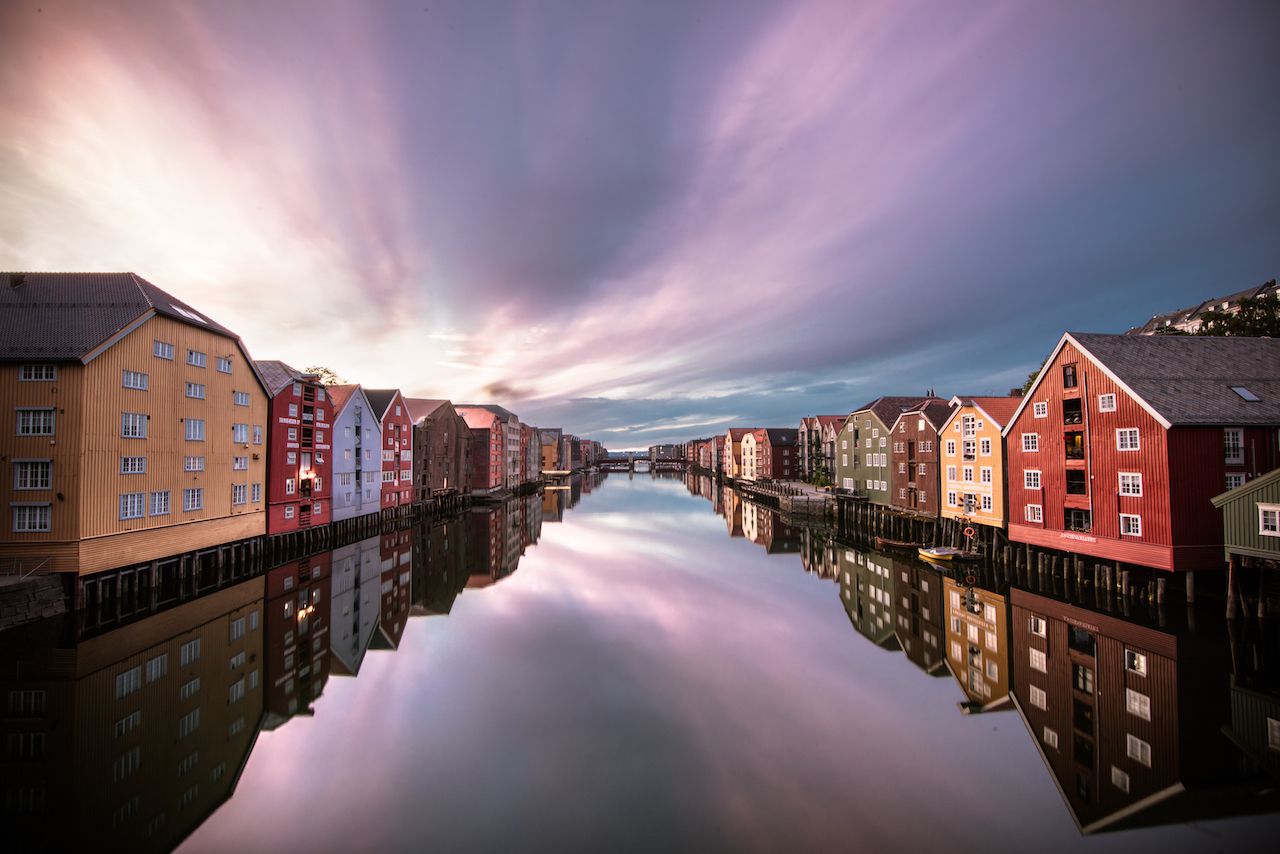In 2016, 278,232 people made the pilgrimage across Spain and Portugal to Santiago de Compostela. At least, that’s how many actually received their certificates at the end. The same year, a mere 1,045 people made the pilgrimage to Nidaros Cathedral on the St. Olav Ways in Norway.
In historical terms, the two are pretty equal. Both the Camino de Santiago and the St. Olav Ways are Christian pilgrimage routes dating back to the Middle Ages. Both involve buried saints and cathedrals, and both require an unwavering, superhero level of dedication. But where the Camino has seen its modern-day renaissance, the St. Olav Ways has not. There is no other 1,000-year-old path like it, and certainly no path as endlessly serene.
